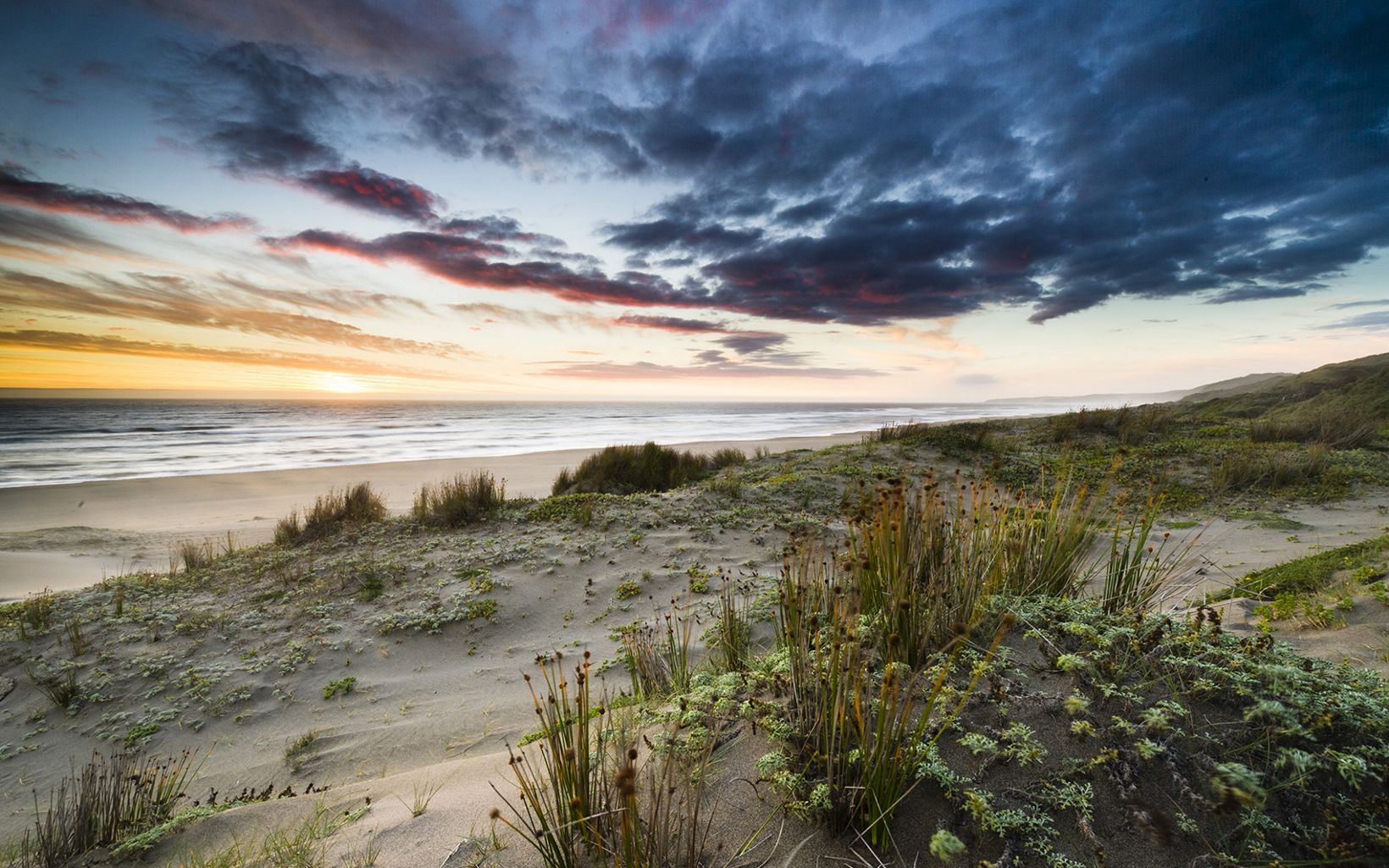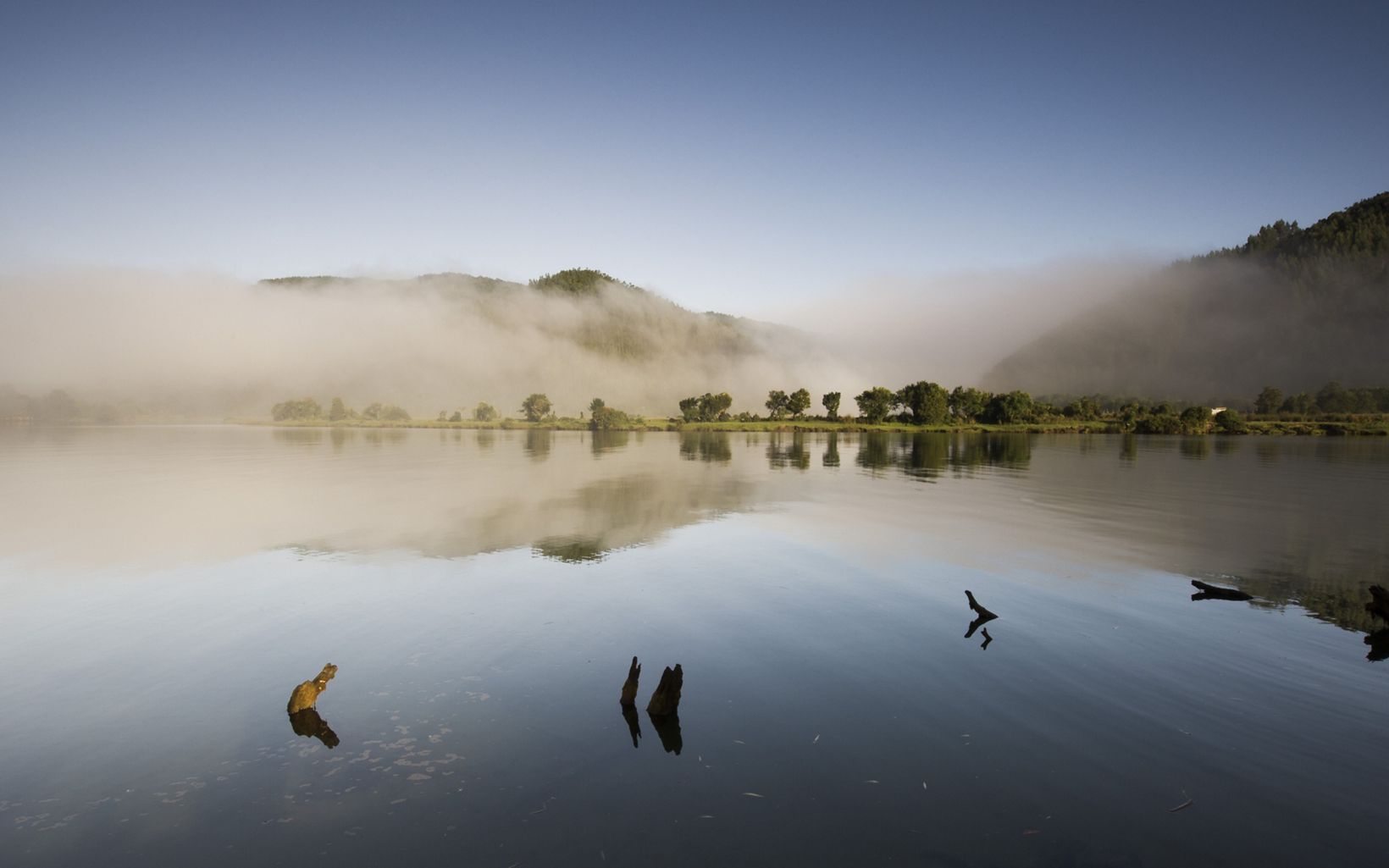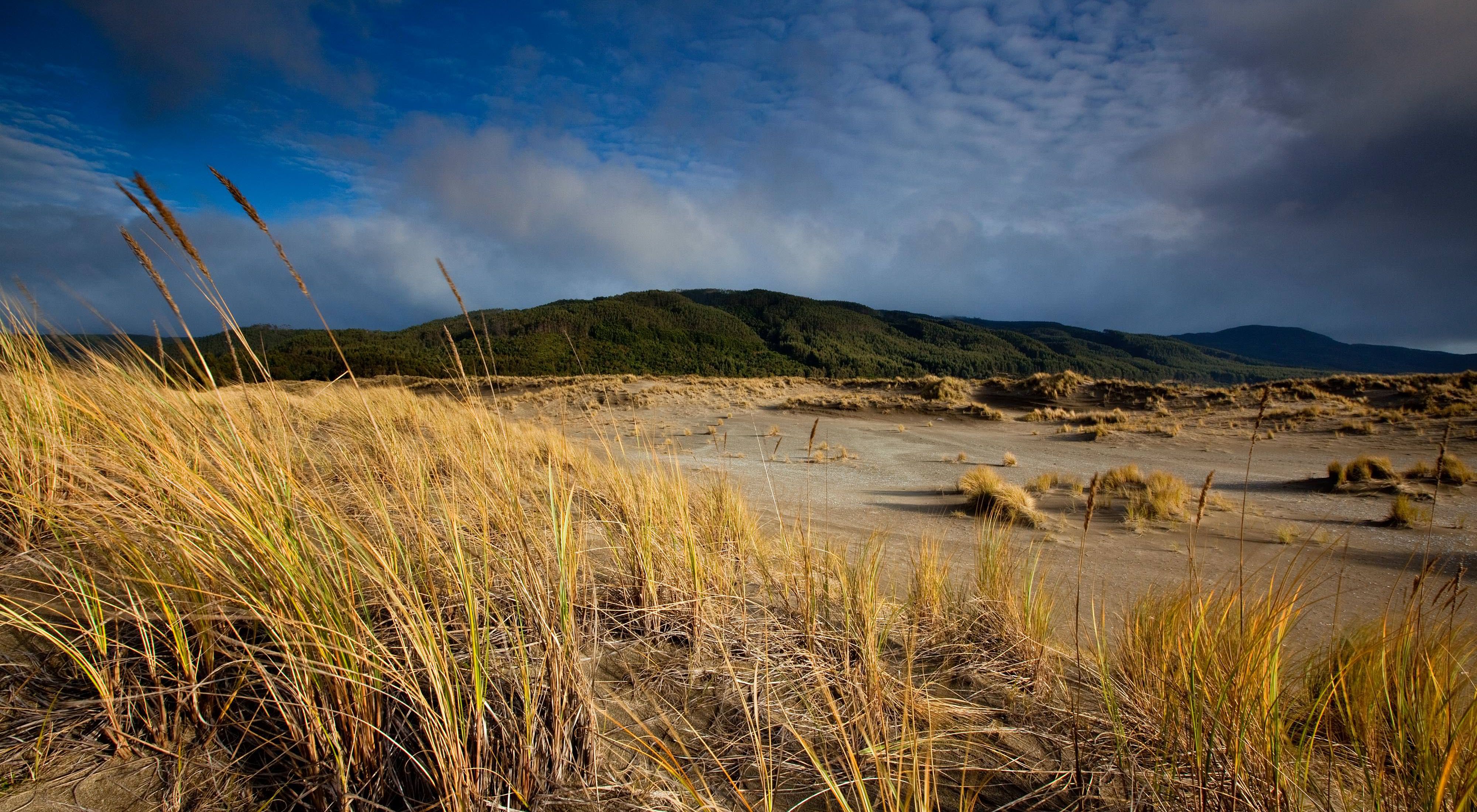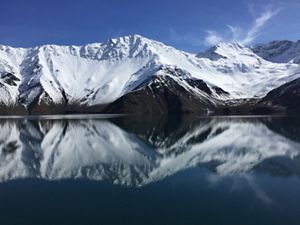Chile's Valdivian Coastal Reserve
The Valdivia Reserve has survived glaciation; The Nature Conservancy has rescued it from a highway.
In an area between the Andes Mountain Range and the Pacific Ocean in southern Chile, a strip of wet earth rich in natural species has survived the last great glaciation but was on the verge of disappearing because of a highway and a development concession too focused on the present to think about the future. Today, its dunes, wetlands and forests are well protected thanks to efforts from The Nature Conservancy (TNC).
The Valdivia Coastal Reserve is a thin, long strip of land rich with the diversity of life, much like Chile itself. The Reserve is home to one of the two oldest tree species on the planet, to the smallest deer species, and to the oldest kind of marsupial. Endemic species not found anywhere else in the world survived here because the shadow of the Andes protected them from the glaciation that affected all regions around them. And as in the rest of Chile, the area is populated by people rich in culture, with ties to the land and committed to their work and country.
TNC purchased a vast expanse of land there to help preserve the ecological, economic and social complexity of the region. The organization looked for and found land representative of the different nuances, canopies and elements of the area’s ecosystem. The goal was to conserve a large enough portion of the region to guarantee its survival and allow the restoration of degraded areas.
The next step was to design strategies that would allow conservation efforts to benefit the region’s population and stimulate new economies on a very local scale. TNC has two lines of work: On the one hand, promoting projects that allow the development of local communities, whether through ecotourism, sustainable fishing or the provision of inputs for conservation - for example, small local nurseries. On the other hand, through the conservation of the environmental services that those same populations need. Today, the water supply for area families is cleaner and they enjoy better health.
At the same time, TNC promoted the appropriation of the Reserve as an institution of the Chilean population and the recognition of the ecosystem as a natural heritage. Those are complementary and fundamental objectives. If Chileans do not see the area as part of their heritage and identity, it will be much harder to conserve it. And if they do not assume the Reserve as a nearby institution and an effective mechanism for that purpose, it will not be possible to conserve it. Fortunately, both objectives have been achieved so far.
Finally, TNC has worked on the conservation and adaptation of the preserve itself, especially given the challenge of global warming. The restoration work undertaken gives greater resilience to the preserve and is based on the best available science and on working side by side with local communities, whose members have been employed by the project. Efforts include replacing exotic eucalyptus with olivillas, alerces and other local species. A rigorous monitoring system has also been put in place to keep track of what happens in the Preserve and take timely measures to minimize risks.
Together, civil society, private initiative and local communities complement other conservation efforts and help preserve Chile's natural heritage.
Valdivian Landscapes



